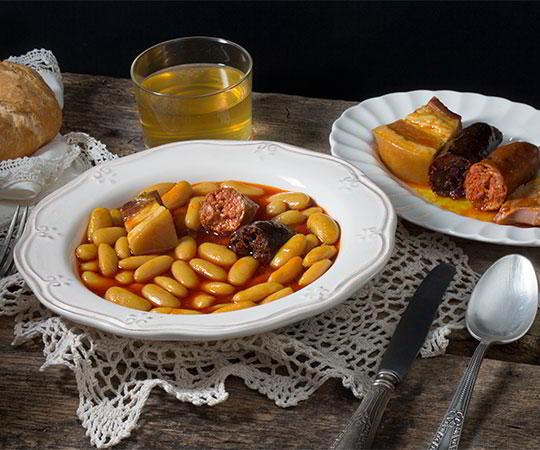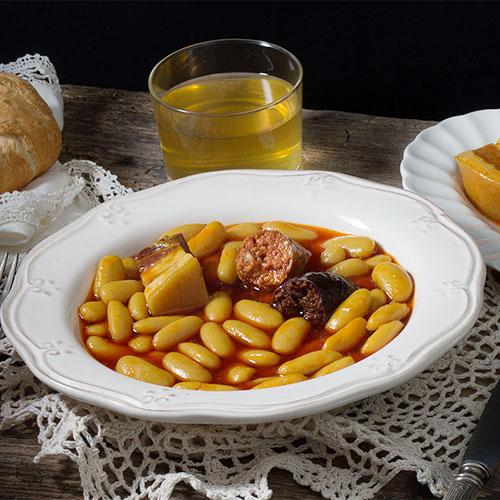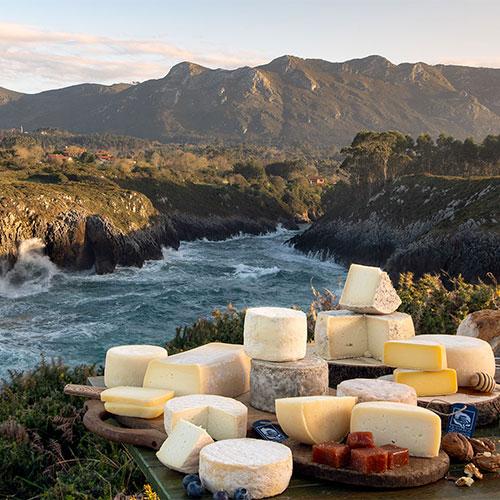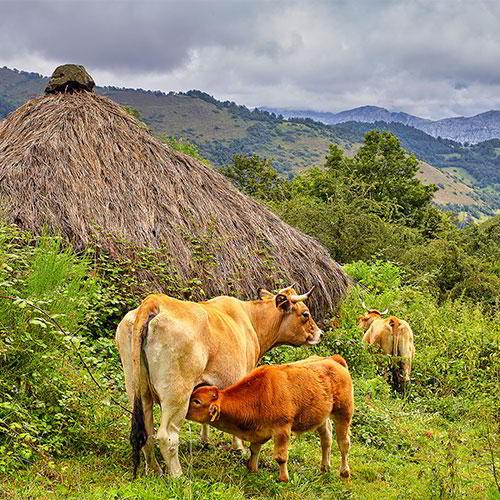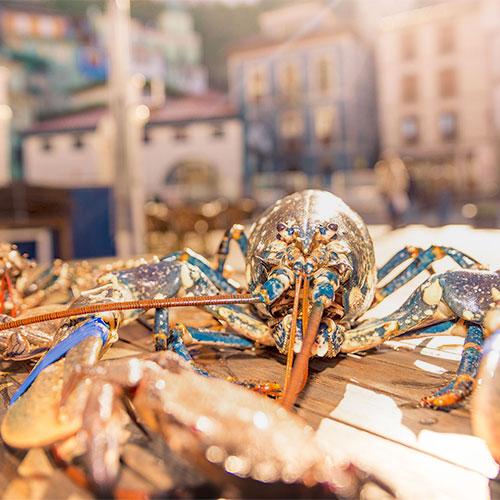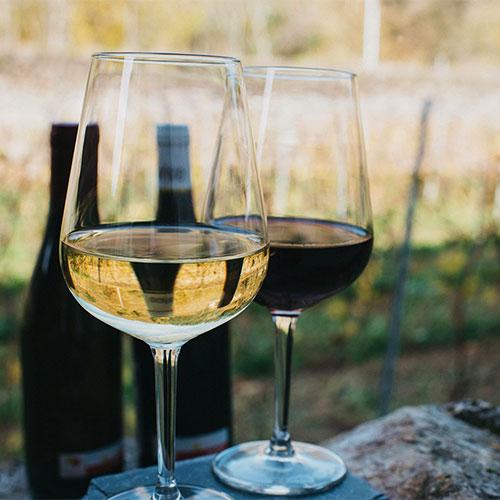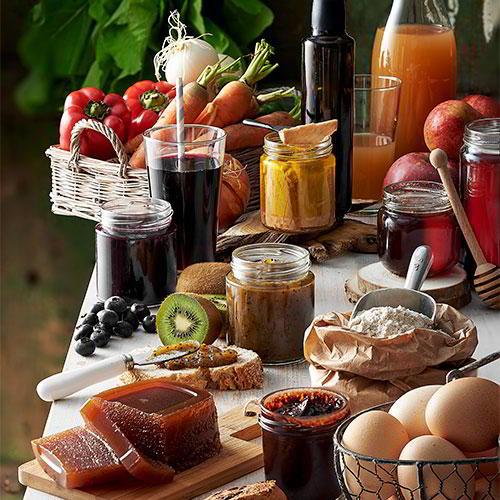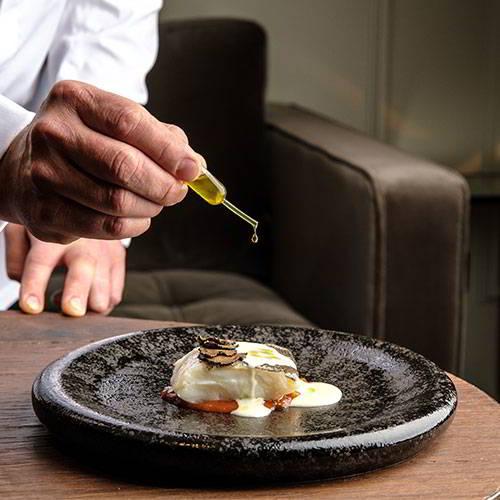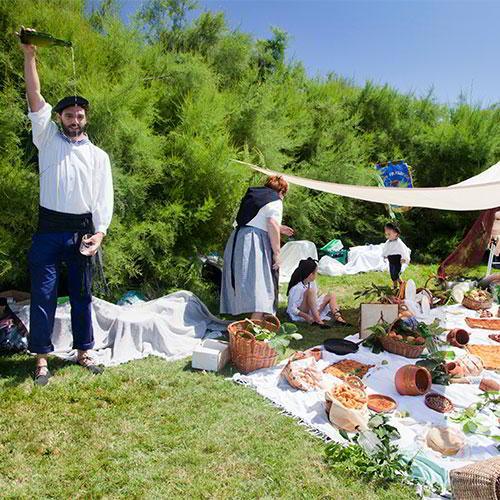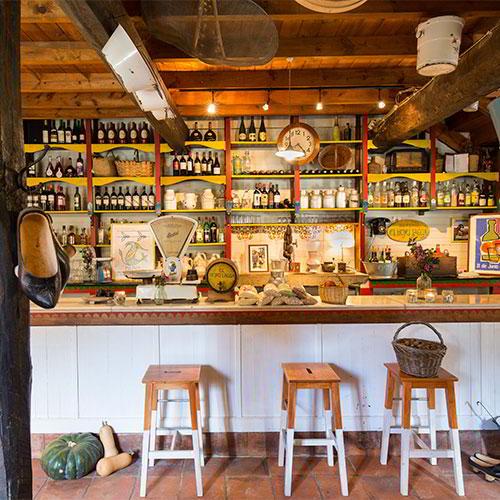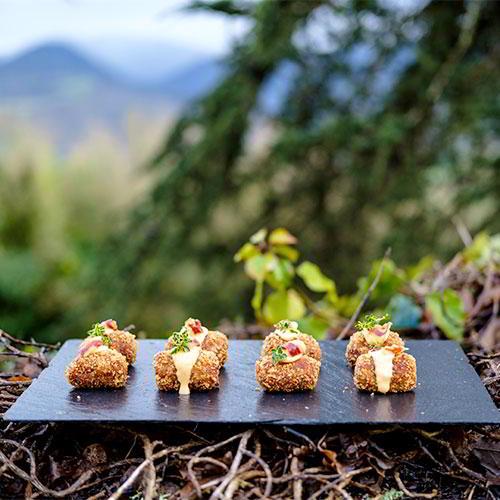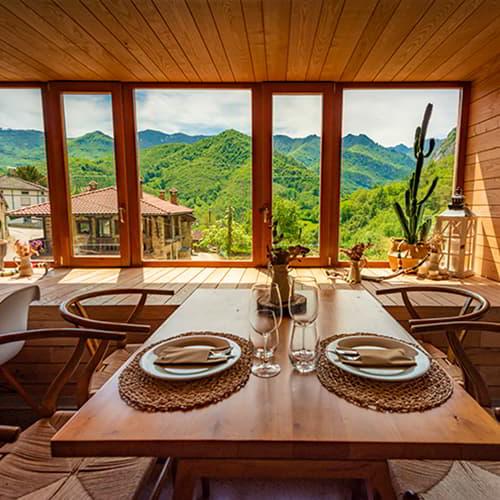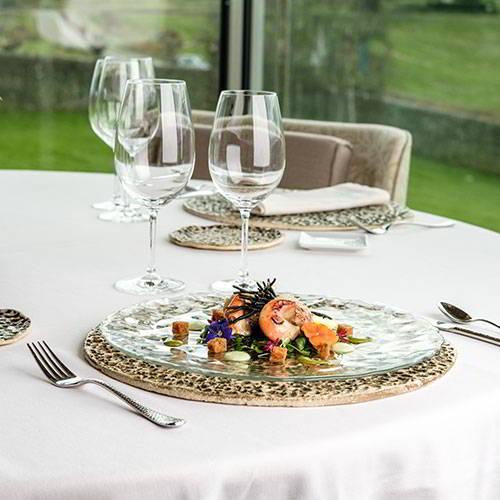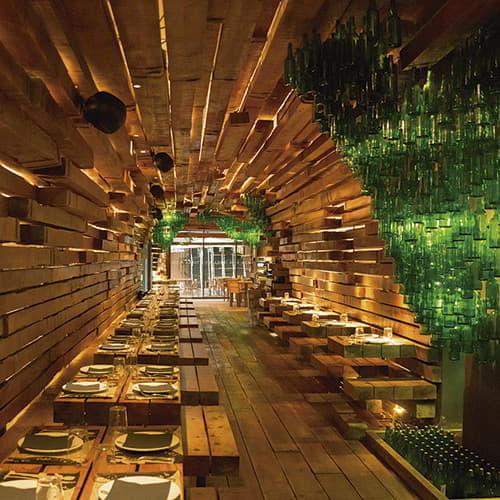Asturias gastronomy is, due to its history, tradition, talent, and vitality, one of the most remarkable cultural and touristic attractions that exist.
Gastronomic products, events, recipes...
One of the great attractions of Asturias is its gastronomy, a balanced combination of tradition and innovation that tastes heavenly.
We suggest
The gastronomy of Asturias is a true reflection of the culture, the landscape and the people of Asturias.
All of this is shaped by a common future, marked by the roots and identity throughout history. The brilliant result is Cocina de Paisaje (Landscape Cuisine), which represents the meeting point where the natural environment, the product and the cuisine come together.
A selection of our professionals have been distinguished with the recognition of Ambassadors of Cocina de Paisaje, to continue highlighting the work and talent they display in each workshop or restaurant.
/documents/39908/67626/plato-restaurante.jpg/55d56972-1b52-ecc4-7f01-12adea33506f?t=1683027989325
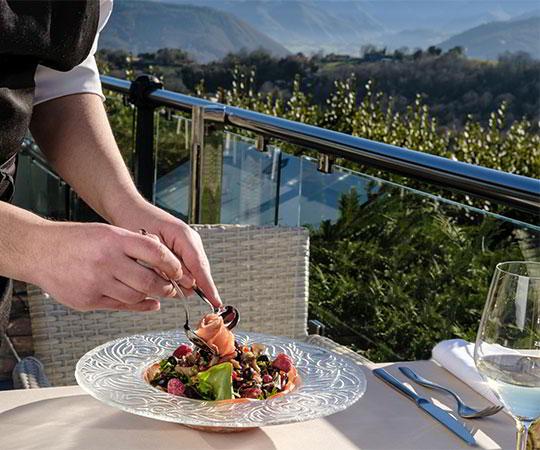
Signature cuisine
Asturian Cuisine: Between Tradition and Innovation
Precisely these characteristics mean that the gastronomy of Asturias has a great traditional legacy that has survived to the present day, full of vigour and wisdom. And that is the basis of the current innovation and creativity of the makers of Asturian gastronomy today.
Dishes and products, recipes and experiences, culinary talent, organic products in the field of sustainable gastronomy, a dynamic and very complete annual gastronomic agenda, a very unique vocabulary in the Asturian language and much more, make up the broad spectrum of Asturian gastronomy.
Asturian gastronomy is an exponent of care, respect and use of the natural environment, a philosophy of healthy living, knowledge of tradition and a desire to innovate, and all of this results in the culinary excellence that the Natural Paradise boasts, which not only has an extraordinary raw material, but also an absolutely exemplary human talent and vocation for improvement.
/documents/39908/67626/bodegon-productos.jpg/03c02ef7-8831-5866-3567-4de06850568a?t=1683027986977
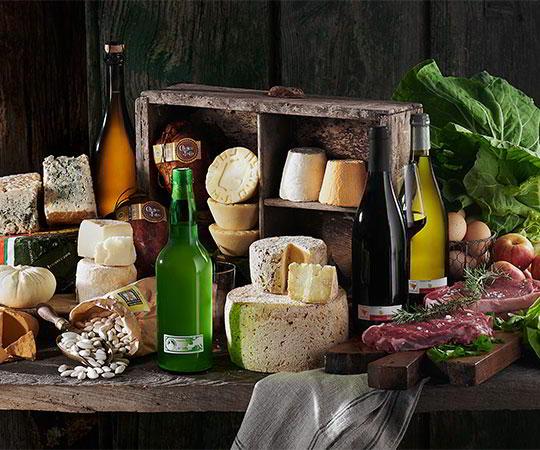
Still life of Asturian products
Asturias has managed to combine in perfect balance, generating a unique culinary panorama, the wisdom of the kitchens of yesteryear, very well represented by the gastronomic philosophy of the Guisanderas de Asturias, with the renewed creativity of other styles of cuisine which, taking advantage of the wealth of ancestral knowledge and the exceptional raw material, generate new trends.
In reality, Asturias is a great melting pot of gastronomic trends: traditional, signature, slow food, kilometre zero, etc. A whole universe of variety and constant innovation.
As far as raw materials are concerned, the quality and variety are exceptional: fish, seafood, fruit, berries, vegetables, pulses, meat, milk, honey, etc. There are thousands of possibilities and ways of cooking, which makes Asturian cuisine original, healthy, fun and enjoyable.
Gastronomy and fiesta: a perfect combination
And speaking of fun, Asturian gastronomy is always celebrated by locals and foreigners alike, the latter feeling so integrated that it is as if they were lifelong inhabitants of the Natural Paradise.
/documents/39908/67626/fiesta-interes-gastronomia.jpg/77045551-c991-2b8b-e49a-f27e604f19b7?t=1683028987055
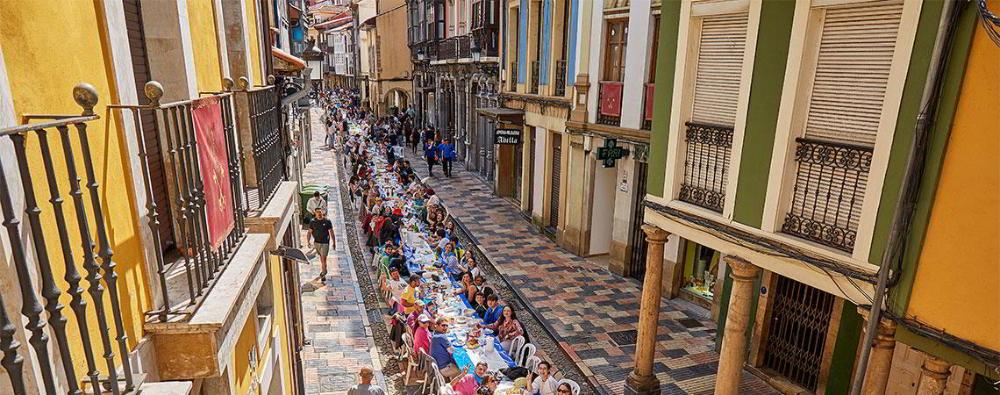
So much so, that of the almost ninety Festivals of Tourist Interest in Asturias, a good number have a gastronomic dedication and in all of them, Asturian culinary delights are very present, to the delight of the participants in the festive events.
An emblematic dish, omnipresent in many celebrations is fabada, and an equally iconic drink is natural cider. Both dishes and products are deeply rooted in the local identity. So much so that the gastronomic festival based around cider, called espicha, is one of the most common festivities on the leisure agenda in Asturias.
And of course, another of the characteristics of Asturian gastronomy are its settings. That is to say, the places where the raw material is produced: the sea, cliffs, rivers, forests, meadows, orchards, etc. are always beautiful and interesting. And the places where you can taste the hundreds of recipes are also spectacular: charming restaurants with splendid views and well-kept atmospheres, cider houses full of joy and good food, eating houses in dream villages, etc.
/documents/39908/67626/plato-fabada.jpg/844151b2-98df-a4e6-248e-d0b82ab5fd1c?t=1684754294129
